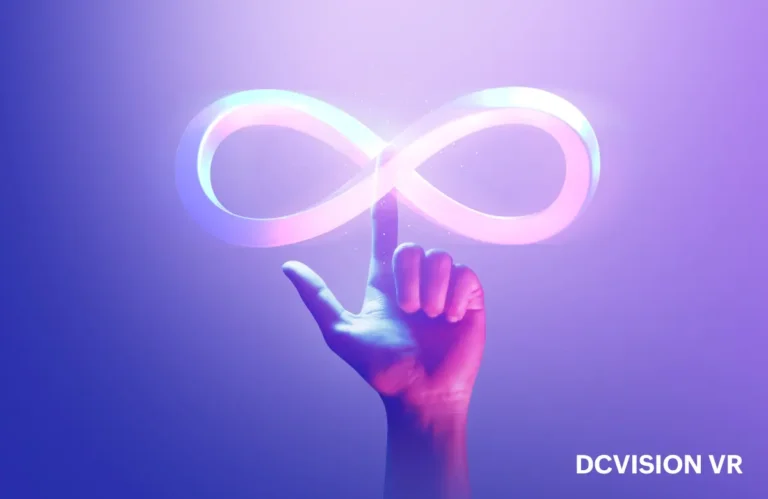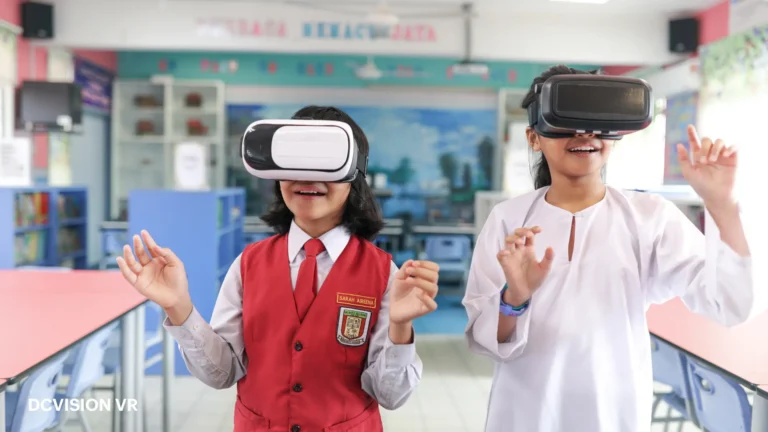

Virtual Reality: A Transformative Tool for Mental Wellness
Virtual reality (VR) is a beacon of hope in mental health. This innovative technology isn’t merely about immersive gaming or breathtaking experiences; it’s a powerful ally in the fight against mental health issues.
CDC’s report on U.S. high school students’ mental health from 2011 to 2021 reveals worrying trends:
- In 2021, 42% of students felt persistently sad or hopeless, with 29% reporting poor mental health.
- Moreover, 22% seriously considered suicide, while 10% attempted it.
The use of VR in mental health has gained attention as a promising tool for addressing and managing conditions like anxiety and depression.
As advancements in mobile and commercial VR continue, it becomes more feasible to integrate this technology into mental health interventions.
VR offers immersive environments that assist users in learning coping strategies, potentially transforming traditional treatment approaches for these impactful mental health disorders.
Picture this
A person grappling with anxiety or PTSD is transported to a serene digital landscape, away from the stressors of reality.
VR creates a haven where individuals can confront and manage their mental health challenges.
One significant way VR assists is through exposure therapy.
For instance, someone suffering from phobias can gradually confront their fears in a controlled VR environment.
It allows them to face and manage their anxieties at their own pace, fostering a sense of empowerment and control.
According to research from the Journal by NCBI, VR holds immense promise for mental health assessments. It triggers similar reactions to real-life situations, expanding assessments beyond clinical settings.

Its superior control and data capture abilities could enhance precision and individualization in evaluations. Despite advancements, more research is needed to ensure reliability and accessibility while addressing ethical considerations.
Moreover, VR offers therapeutic applications for conditions like depression and chronic pain. Individuals can alleviate symptoms by engaging in VR activities that encourage relaxation and mindfulness, entering a state of calmness and mental reprieve.
In therapeutic settings, VR serves as a versatile tool for therapists. They can simulate scenarios that trigger certain emotions, aiding in understanding and treating their patients.
Additionally, it enables remote therapy sessions, breaking down barriers of distance and accessibility.
Furthermore,
VR social environments foster connections for those struggling with isolation. Individuals can interact in virtual spaces, combating loneliness and cultivating a sense of community, which is vital for mental well-being.
Read also: Harnessing the Power of Virtual Reality: A Path to Happiness and Stress Reduction
The beauty of VR lies in its adaptability. From guided meditations to interactive storytelling and cognitive behavioural therapy exercises, its applications are vast and evolving.
However, challenges persist. Accessibility and affordability remain hurdles for widespread adoption. Additionally, concerns regarding the ethical use of VR in mental health treatment warrant careful consideration.
Yet, the potential impact of VR on mental health is undeniable. As technology advances and becomes more accessible, its integration into mental health care could revolutionise treatment approaches, offering relief and hope to millions worldwide.
Conclusion
Virtual reality emerges as a technological marvel and a beacon of hope for mental health. Its ability to create immersive, therapeutic experiences has the potential to transform how we perceive and address mental health challenges. As this technology evolves, its role in fostering mental wellness grows increasingly promising.


